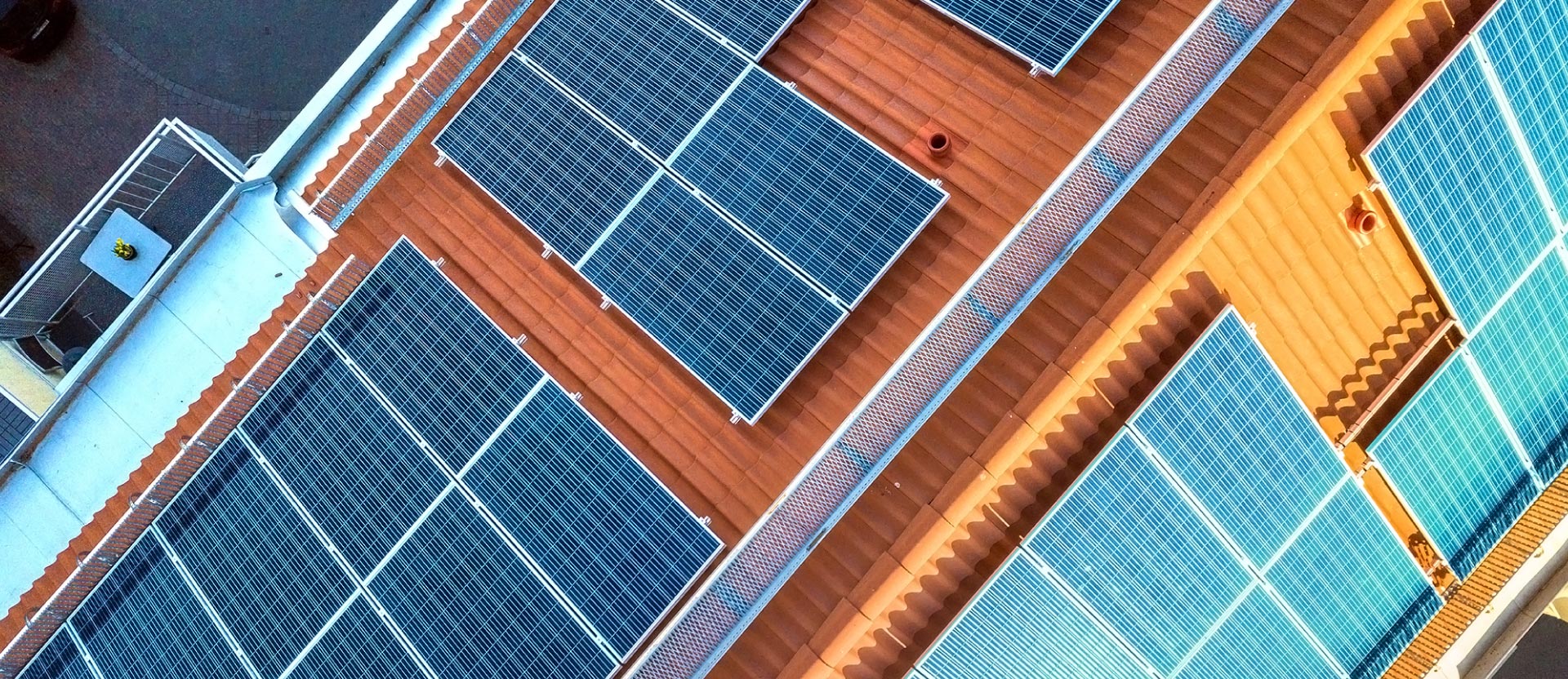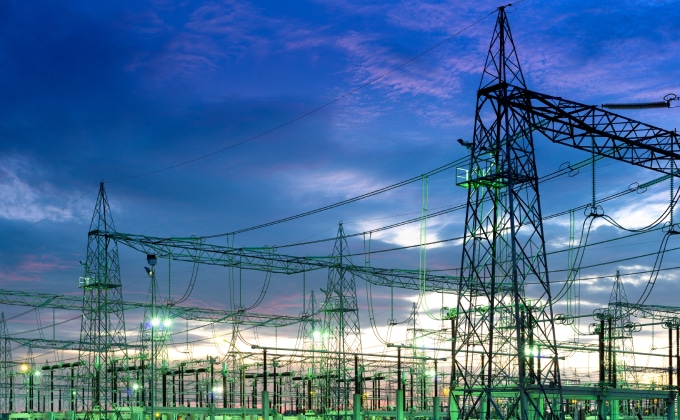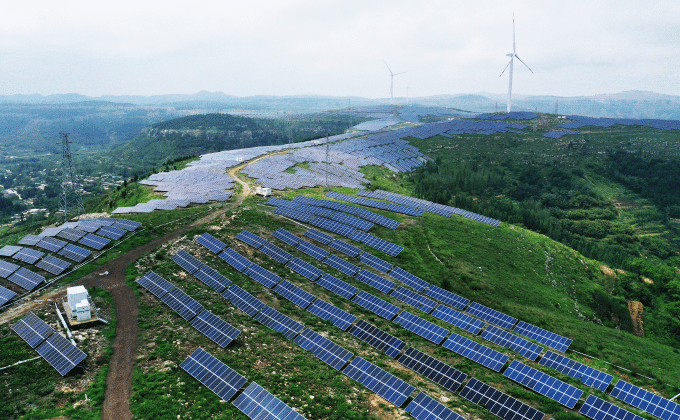
Encourage Distributed Energy Resources
The world’s drive to decarbonize its energy supply and dramatically increase its renewable capacity cannot happen through centralized power generation alone. The size of the challenge demands the added flexibility of distributed energy resources (DERs), which enable people to consume electricity when the cheapest and cleanest energy is available. The energy system of the future will feature local storage, generation and demand management — but only if these on-site resources are integrated to ensure their success.
Why This Matters
Rethinking how we create, store and use energy is the only way to achieve reliable, clean power for all.
DERs such as heat pumps, electric vehicles, rooftop solar, microgrids and battery storage can help ensure that clean power is a reliable option that is applicable around the world. DERs can work in rural and urban areas, solving many of the challenges of legacy power models. That’s why a key RAP priority is to remove the barriers that hinder the growth of distributed energy resources. The challenge is that today’s electricity markets — and the structures that support them — are not set up for the energy of tomorrow. The old model assumes energy is created only to meet demand; the new one must encourage and allow energy to be created, used and stored at the optimal times for household flexibility and grid reliability.

What needs to happen
DERs must be encouraged to fully participate in the energy grid. This would enable them to draw power or feed power with flexibility. And that, in turn, can reduce carbon emissions, increase the resilience of our energy systems and save customers money.
How Rap is Energizing Change
RAP brings clarity to complexity in all our work, and our commitment to offering guidance on DERs policies is one example.
Community-generated energy and advances in technology such as smart appliances create inspiring possibilities. Yet regulatory systems in major markets across the globe are not set up to take advantage.
That’s where we come in. Our team helps policymakers, regulators, industry and utility leaders, and stakeholders develop ways to ensure the full participation and compensation of DERs. We set out policies to guide the way, and they include these approaches:
- A strong set of enabling policies to remove barriers to DER integration.
- Payments for energy that are proportionate to how much, when and where it’s used.
- Combining fair access to energy markets and pricing that reflects the full value of DERs to shield consumers from price volatility.
RAP’s global team works closely with decision-makers to tailor these best practices to local conditions.
INSIGHTS FROM RAP EXPERTS
June 23, 2025
Flexing industrial muscle: Electrifying process heat with electro-thermal energy storage



